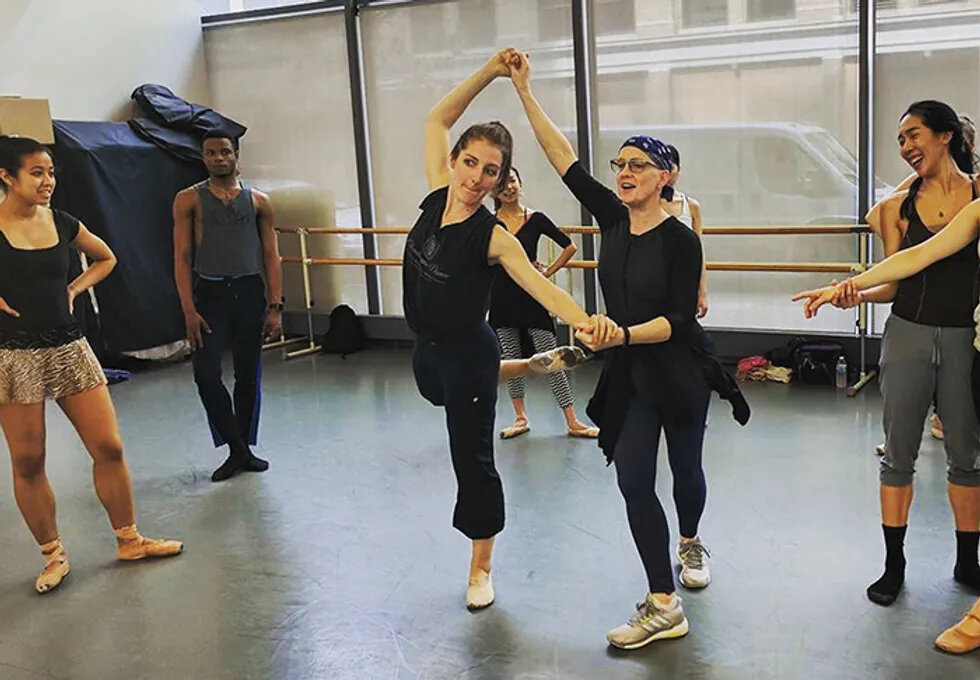The Case Against Versatility: Why Being A Jack-of-All-Trades Dancer Won't Help You
Julia K. Gleich suggests branching out to discover what you don't want. Photo courtesy Brooklyn Ballet
Excerpt:
These days, everyone tells you how important it is to be versatile. But what if you're convinced there's just one style that's right for you? It can be tough to balance a deep interest in a single specialty and still meet many choreographers' expectations. Luckily, you don't have to choose between all in or all over the place, as long as you follow your interests thoughtfully.
Take Time to Find Your Style
When you're young, study a little of everything—that's how you'll figure out what you like to do and where you really shine. No one technique can provide everything you need, says Julia K. Gleich, founder of contemporary ballet company Gleich Dances and a frequent teacher at Peridance Capezio Center. "If you're confined to a single aesthetic, you're missing out on a wider vision of the world that informs your art."
Ask yourself if you're being stubborn about specializing just to stay in your comfort zone. "If you're sticking to a single technique out of fear of the unknown, you're in trouble," says Gleich. Choreographer Al Blackstone agrees: "You may think you know what you want, but allow yourself to be wrong," he says. You may even choose to diversify your training to be sure that your specialty is the style for you. "You need knowledge of other forms to understand your own better and know what you don't want to do," says Gleich. "So if you're convinced you want to pursue Balanchine, take class from a few Cecchetti teachers, too."

